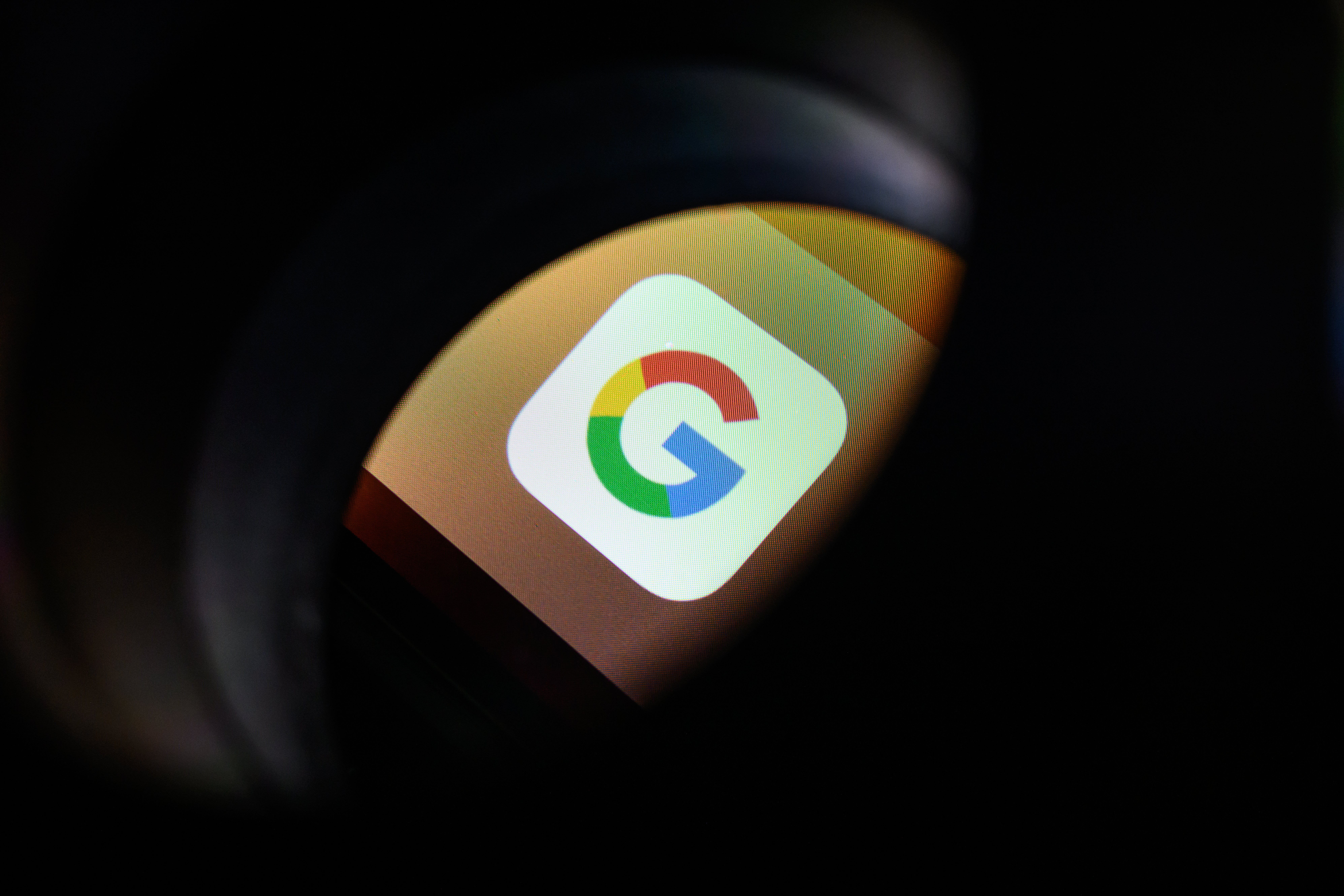Google adds new security features including restrictions on sending and receiving nude images
Feature adds a ‘speed bump’ to stop accidental shares

Your support helps us to tell the story
From reproductive rights to climate change to Big Tech, The Independent is on the ground when the story is developing. Whether it's investigating the financials of Elon Musk's pro-Trump PAC or producing our latest documentary, 'The A Word', which shines a light on the American women fighting for reproductive rights, we know how important it is to parse out the facts from the messaging.
At such a critical moment in US history, we need reporters on the ground. Your donation allows us to keep sending journalists to speak to both sides of the story.
The Independent is trusted by Americans across the entire political spectrum. And unlike many other quality news outlets, we choose not to lock Americans out of our reporting and analysis with paywalls. We believe quality journalism should be available to everyone, paid for by those who can afford it.
Your support makes all the difference.Google has added a host of new security features – including tools aimed at limiting the share of nude images.
The optional feature blurs content that might include nudity, and also looks for ways to ensure that people are sure about sending it.
It uses tools that are able to detect such images on the phone, so that people’s privacy is protected.
“All of this happens on-device to protect your privacy and keep end-to-end encrypted message content private to only sender and recipient,” the company says. “Sensitive Content Warnings doesn’t allow Google access to the contents of your images, nor does Google know that nudity may have been detected.”
When the feature is turned on, it spots images that may contain nudity before they are viewed, and adds a “speed bump” to check people are sure they want to view it.
The same also happens when someone is looking to share or forward such an image. Then, the speed bump will include links and resources to try and “remind users of the risks of sending nude imagery and preventing accidental shares”, the company says.
The feature is opt-in for adults, and opt out for those under 18. It will come to devices running Android 9 or later and Google Messages in the coming months.
It comes after similar features on the iPhone, which also looks to detect such images on device and then blur them to ensure that people are not opening them without warning or being sure they want to view them.
In addition to those updates, as part of cybersecurity awareness month, Google will also look to try and spot and warn users about scam texts, do the same with dangerous links, let people turn off messages from unknown international senders, and give people ways of checking they really are messaging the people they think.
Join our commenting forum
Join thought-provoking conversations, follow other Independent readers and see their replies
Comments